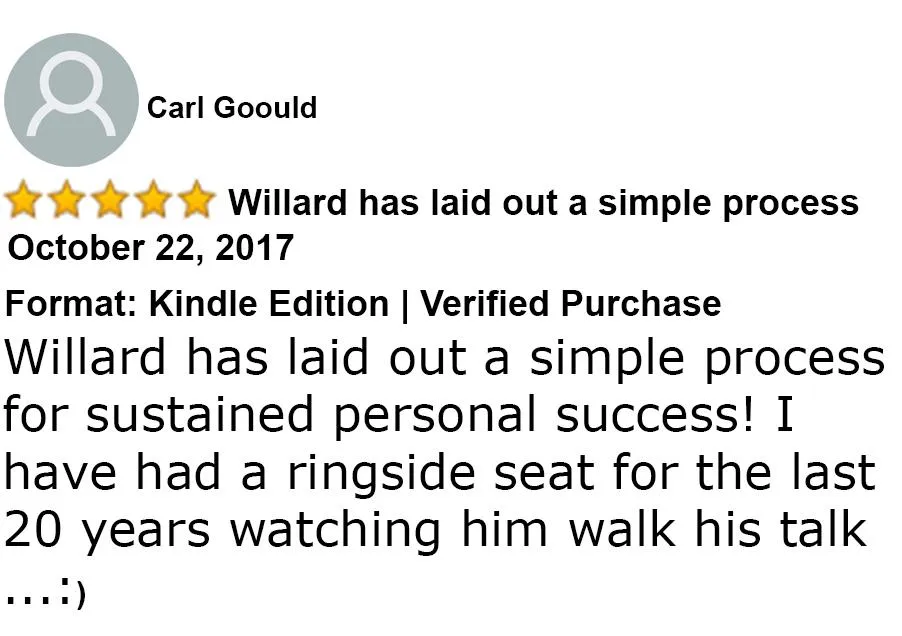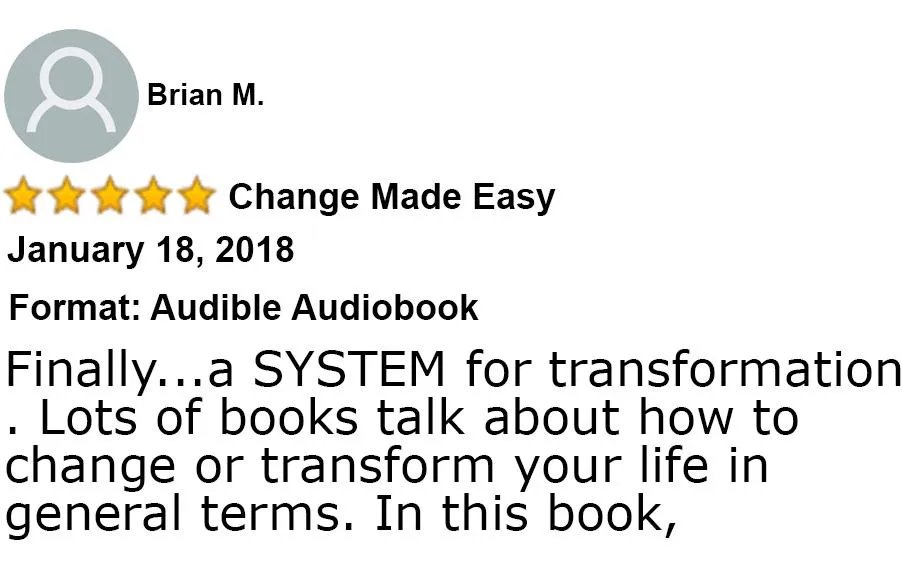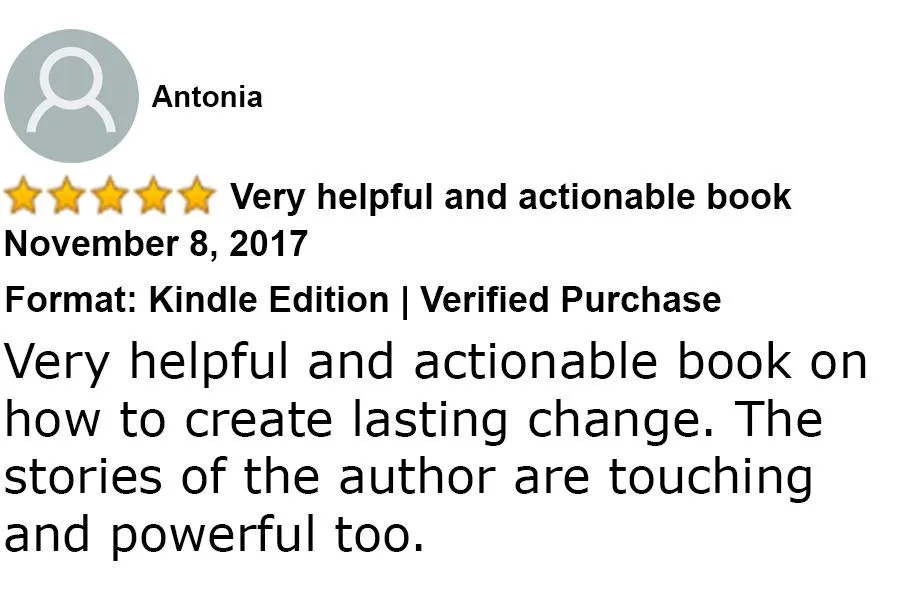

Conditioning Yourself to Succeed
CONDITIONING YOURSELF TO SUCCEED
Sometimes you may encounter situations where you know what you should be doing, but you find yourself having a tough time getting yourself to do it. Or perhaps you’re able to get started on a task, but you just can’t seem to maintain the momentum to see it through to the end. If this kind of problem continues for too long, you’re bound to start to seeing a detrimental effect on your overall confidence level. You may begin thinking you have a motivation problem, as if maybe you just don’t want to succeed badly enough.
One solution to this problem is conditioning, which comes in two primary forms: thought conditioning and behavioral conditioning. Thought conditioning focuses on controlling what you think. This is a cognitive model of success, where you rely on the assumption that if you think the right thoughts, you’ll take the right actions, and thereby get the results you want. Examples of thought conditioning include speaking or reading positive affirmations, visualizing a positive outcome, transformational vocabulary (choosing positive words to describe your situation as opposed to negative words, as in, “I’m having a fantastic day”), and certain forms of meditation. And in many situations, thought conditioning is very effective, particularly when problematic thoughts are the root of the problem, such as a negative attitude causing you to rub people the wrong way.
Behavioral conditioning comes from a behavioral model of success. This model assumes that if you take the correct actions, you’ll achieve the results you want, regardless of what your thoughts are. Behavioral conditioning focuses on forming new habits of action with little concern for what you think. Many behaviorists believe that if you take the right actions, the right thoughts will follow anyway. Examples of behavioral conditioning include setting your alarm clock to wake you up each morning, giving yourself a tangible reward for working an extra couple hours, or punishment for inappropriate actions.
I have used both forms of conditioning with great success. Years ago, I used mostly thought conditioning. Today, however, I find that a combination of thought conditioning along with behavioral conditioning is more effective for me and a lot faster. One of the problems with just relying on thought conditioning is that if you fail to take the right actions quickly, then your behavior can de-condition the very thoughts you’re trying to adopt. For example, if you’re trying to quit smoking, and you focus on thinking that you’re a nonsmoker and do some daily affirmations to that effect, but you keep lighting up in the meantime, then you’re sending mixed messages, and you’ll most likely slip back into the previous thought patterns and habits. Your continued behavior is an affirmation too. But if you can manage to physically stop lighting up, even while you’re thinking you’re still a smoker, that behavior will tend to induce thoughts of being a nonsmoker. Behavioral conditioning works best when merely changing your behavior (regardless of how you think) is enough to guarantee a result. For example, if you stop making impulse purchases, you will save money, regardless of what you think about it. When you combine behavioral conditioning with thought conditioning the results are exponential!
I do need to say that I agree with the behaviorists that motivation follows action. When you get yourself to take action, even when you aren’t initially motivated to do so, you will find that your motivation automatically increases. Having a productive day can be very motivating. This is a huge part of the principle behind The 90 Day Transformation Challenge that I facilitate.
The basic idea behind behavioral conditioning is control and substitution. Figure out what actions you need to take to get the results you want (i.e. how you need to behave). Then condition yourself to take those actions. You’re always behaving some way — so make sure your behavior will give you the results you want. If you find you aren’t behaving in a manner that’s congruent with your goals, then take control of the situation and substitute the correct behavior for the incorrect one. For many goals it’s enough for you to simply put in the time — just investing enough time gets you 80% of the way there.
For example, this morning I could have slept in until 8am (Ok, that’s early for some people), had a leisurely breakfast, and binge watched Netflix. And that would have yielded a result of … pretty much nothing. I’d be no closer to my goals. It wouldn’t even be that exciting or fun either… just lazy.
But today I got up at 6am, went straight to my computer, spent 2 hours doing my morning rituals which includes meditation, exercise, reading 14 pages of a document I created that lays out my goals, who I need to be to achieve them, incantations, my values and rules that allow me to feel successful and fulfilled, as well as my identity statement and other reinforcing statements to help me maintain my focus on who I choose to be. Then I had a quick breakfast while discussing plans for the day with my assistant, spent another hour doing reading and watching course materials to continue expanding my mind and skill sets, wrote an article, had 3 calls with clients and then started this 2nd article for the day. So on a Monday morning, I completed eight solid hours of productive work that moves me closer to my goals. And it wasn’t difficult. I simply substituted this kind of morning for the lazy morning. Consequently, I feel energized instead of tired. And I still have 3 more hours of calls on my schedule for the day!
The problem is that most people unknowingly condition behaviors that will guarantee mediocre results. Look back on your behavior over this past month. Have your results been congruent with your actions? If you spend the next month behaving differently, will it change your results? Where do you see incongruencies between the results you want and your current habits of behavior? What changes would you like to make?
In the next entry, I’ll explain exactly how to use behavioral conditioning to break bad habits and form new habits. And it doesn’t involve willpower.

#1 Best Selling Author Willard Barth
Here is your opportunity to purchase Willard’s #1 Best Selling Book called The Anatomy of Transformation for ONLY the cost of Shipping and Handling! That’s right… Willard will pay for the book… you just pay for S&H!
The Anatomy of Transformation is a proven system that has been used over a quarter of a century helping take individuals and businesses to the next level… no matter how successful they already are!
The journey begins now!








© Willard Barth Enterprises 2023. All rights reserved.
© Willard Barth Enterprises 2023.
All rights reserved.





